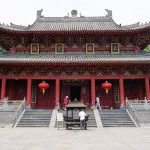The Cradle of Chinese Buddhism
Founded in 68 CE during the Eastern Han Dynasty, White Horse Temple is widely recognized as the first official Buddhist temple in China. According to legend, Emperor Ming of Han had a dream of a golden figure flying in light. Curious and inspired, he sent envoys westward to seek the origin of this vision. The mission returned from India with two monks—She Moteng and Zhu Falan—and sacred Buddhist texts. They were carried eastward on white horses, and in their honor, the emperor ordered the construction of a temple: White Horse Temple.
From that moment, Buddhism in China found its first home. Over centuries, the temple became a center for translation, teaching, and practice. Though it has been rebuilt and restored many times, the quiet courtyards, tall pines, and stone pathways still echo with the rhythm of chanting monks and the rustle of old trees in the wind.
A Walk Through the Temple Grounds
Today, the White Horse Temple is a spacious complex surrounded by ancient cypress trees and tranquil halls. Highlights include:
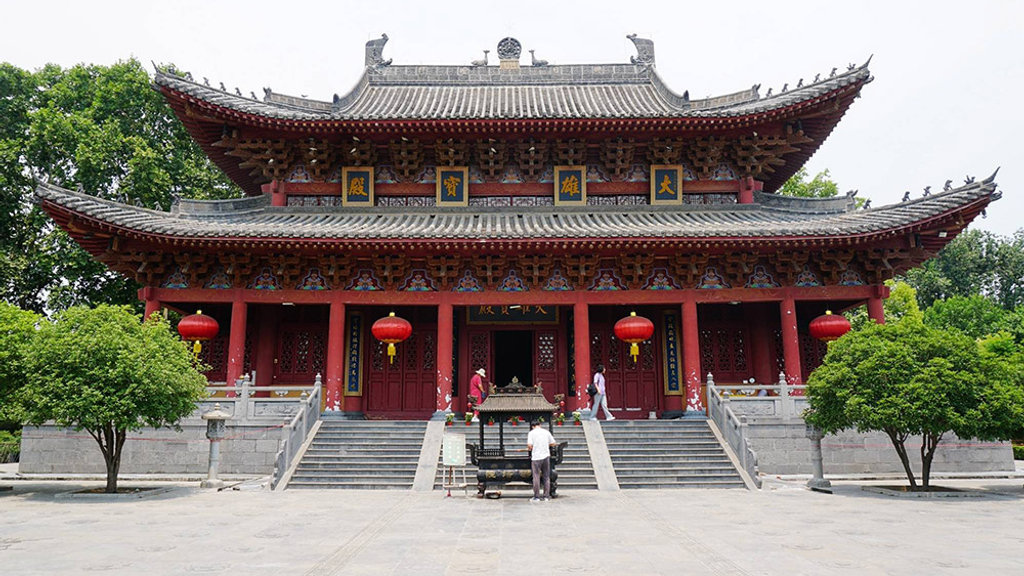
- The Hall of Heavenly Kings (Tianwang Hall), where the Four Heavenly Kings guard the entrance with steady gazes and symbolic objects.
- The Great Buddha Hall, home to a central statue of Sakyamuni Buddha, surrounded by elegant frescoes and wood carvings.
- The Indian, Thai, and Burmese Buddhist Halls, added in recent decades through international cooperation, represent the temple’s global cultural connections and its continued role as a symbol of shared faith.
- The White Horse Tomb, believed to mark the burial site of one of the original white horses that carried the scriptures.
Though the site is significant, its tone remains modest. There are no dramatic towers or overwhelming structures. Instead, you find harmony between architecture and landscape, between silence and history.
The Temple’s Enduring Influence
White Horse Temple is not just a historic site; it is a living symbol of cultural exchange, religious tolerance, and scholarly dedication. In its early centuries, the temple served as a hub for translating Buddhist scriptures from Sanskrit to Chinese. This laid the foundation for Chinese Buddhist literature. Monks from Korea, Japan, and Central Asia came here to study and return home with knowledge, further spreading the Dharma across Asia.
Because of this legacy, White Horse Temple holds a spiritual significance that reaches far beyond China. Pilgrims, scholars, and curious travelers still come seeking not only beautiful architecture but also a quiet sense of continuity—of beliefs and ideas that have passed through this gate for nearly two millennia.
Discovering Luoyang: The Ancient Heart of China
While the White Horse Temple is reason enough to visit, Luoyang itself is a treasure chest of history. As one of China’s Four Great Ancient Capitals, Luoyang was the seat of over 13 dynasties, making it one of the most historically layered cities in the country.
Other Must-See Destinations
Here are some other must-see destinations in and around Luoyang:
Longmen Grottoes: A UNESCO World Heritage Site, this cliffside gallery features thousands of Buddhist statues, carved into limestone rock over centuries. It’s one of the finest examples of Chinese Buddhist art.
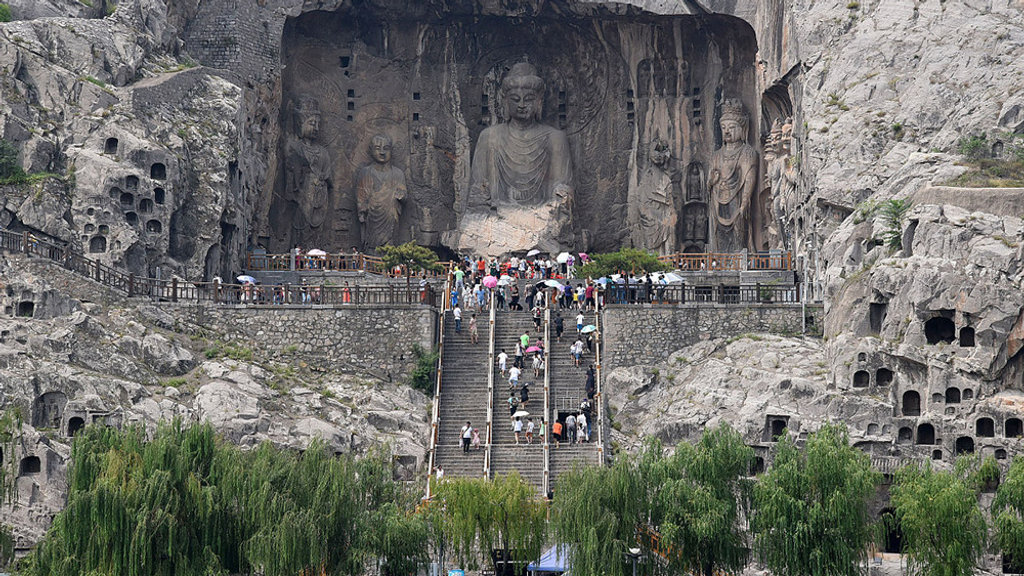
Luoyang Museum: A quiet but well-curated space that showcases bronze artifacts, Tang dynasty pottery, and Silk Road treasures from Luoyang’s golden days.
Guanlin Temple: Built to honor Guan Yu, the legendary general of the Three Kingdoms era. This site blends Confucian, Buddhist, and Taoist elements, reflecting Luoyang’s rich spiritual landscape.
Luoyang Old Town: A charming district of traditional courtyard houses, lantern-lit alleys, and street food that carries both history and flavor.
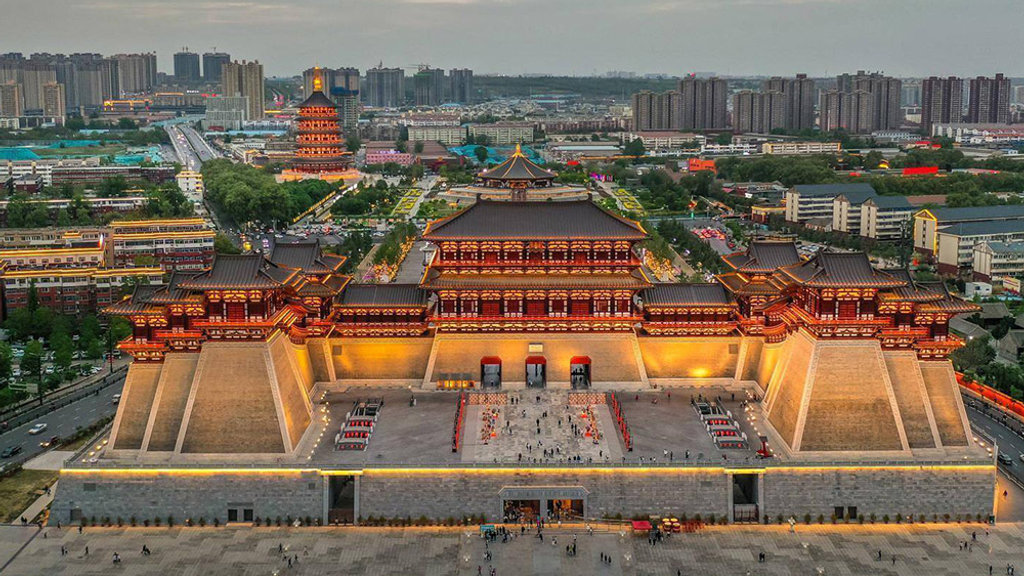
Peony Garden: Every spring, Luoyang blooms with peonies, the city’s symbolic flower. The gardens host colorful festivals and offer a gentle beauty that contrasts the stone relics of ancient times.
Exploring Beyond Luoyang: The Charm of Henan
If you’re planning a longer journey through Henan Province, there are other places worth exploring:
Shaolin Temple in Dengfeng: Known worldwide as the birthplace of Shaolin Kung Fu and Chan (Zen) Buddhism. The forest of pagodas and peaceful monastery grounds offer insight into martial arts and monastic discipline.
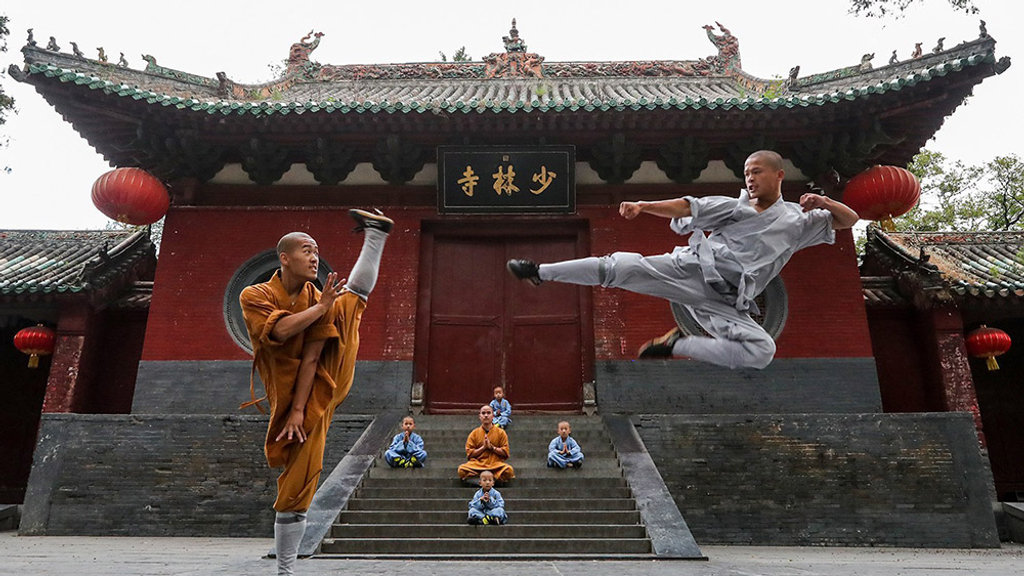
Kaifeng: Another ancient capital, Kaifeng is home to the Iron Pagoda, Dragon Pavilion, and the Millennium City Park, a theme park based on the famous Song Dynasty painting Along the River During the Qingming Festival.
Yuntai Mountain: A UNESCO Global Geopark known for its red sandstone cliffs, waterfalls, and seasonal forests—ideal for nature lovers.

Why Luoyang’s White Horse Temple Stays in Memory
What makes a place sacred is not just its age or architecture, but its ability to make time feel quiet. At White Horse Temple, this happens naturally. You walk through gates built before Rome fell. You read stories carved in stone that outlasted empires. You see monks in saffron robes carry out rituals that haven’t changed for centuries.
It’s not grand in the way some temples are. It’s gentle. This gentleness, combined with deep history, creates something rare: a space where the past still breathes. Modern travelers can pause between footsteps and feel its presence.
For those curious about deeper connections to Buddhism, White Horse Temple offers a unique exploration through its rich tapestry of history. Contact us today to craft your dream China adventure!

